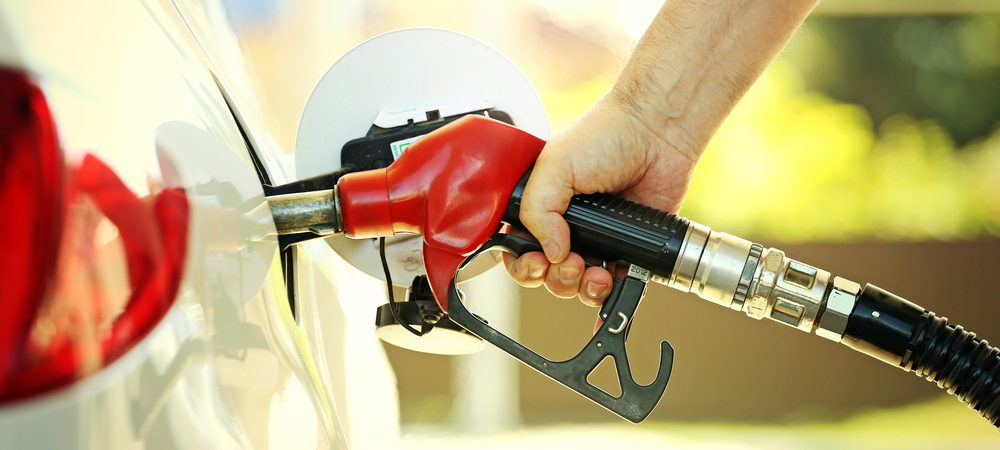 How to Greenify Your Gasoline Car
How to Greenify Your Gasoline Car
More people are starting to think about how they can incorporate sustainability in everything they do and everywhere they go. The way we drive and the cars we buy are a major part of that. Gas-powered cars may be the traditional way to go, but they also create mass amounts of pollution and waste. In fact, only 30% of the fuel we put in our vehicles is used to power them – which is terrible for the environment.
Though electric cars can solve many of these issues, the price
point can sometimes be too much for people to afford. The good news is that, even if you have a gas car, there are still tactics you can use to make it as eco-friendly as possible.
Considerations for a New Gas Car
If you can afford to do so, the best solution is often going to be to buy a new car. Even if they aren’t electric, newer models often come with fuel efficiency options. For example, one of the newest trends in the automotive industry is artificial intelligence. AI can more accurately determine if something on your vehicle is damaged or needs maintenance. This can be incredibly helpful if your tires are defective or a broken part is creating drag, which negatively impacts fuel efficiency.
Since artificial intelligence is unlikely to be standard on all vehicles for a few years, your next best option when buying a car is to go with a hybrid model. In essence, these vehicles alternate between two types of engines, electric and combustion, which helps the vehicle maintain high speeds while also improving gas mileage. Because they don’t rely strictly on the combustion engine, hybrid cars can cut harmful emissions in half.
Even if you can’t afford a hybrid vehicle, you can still be smart when shopping for a gas-powered car. In addition to looking at the design and cost, you’ll also want to consider your commute and find a car that has high gas mileage. When you have a shortlist of potential vehicles, use an online calculator to determine the miles per gallon (MPG), as manufacturers’ estimates can be inaccurate.
When gasoline is used and evaporates, it releases pollution in the form of carbon monoxide and nitrogen oxides, so you don’t want to be filling up every fifteen miles. The bottom line is that, when you’re trying to greenify your car, you’ll want to look for a higher MPG.
Maintain Your Vehicle
If you have a gas powered car, you need to maintain it regularly so you can go as long as possible between refueling. Check your tires every month to ensure that they are fully inflated. When your tires are filled to their recommended PSI (which is listed on the tire itself), they don’t have to work as hard to keep your vehicle moving. What’s more, under-inflated tires wear out more quickly, requiring costly replacements that increase your carbon footprint.
You also need to make a habit of replacing essential parts on your vehicle when needed. Leaving them to wear out will result in poor fuel efficiency. One such part is the air filter. When your filter is dirty, it reduces the oxygen flow in your engine, causing your vehicle to burn more fuel to compensate. There is a reason why the mechanic will typically recommend a replacement filter as part of an oil change.
Replace your spark plugs every 30,000 miles. Worn spark plugs misfire more often, and every time that happens, your car expels more fuel. You can catch many of these issues and prevent other problems by going in for a vehicle check-up every year. Your mechanic will give your vehicle a once-over and ensure that everything is up to snuff. By taking these precautions, you can help the environment and extend the life of your vehicle.
Watch How You Drive
Perhaps the easiest and most inexpensive way to greenify your gas car is to modify your driving habits. One of the most common pieces of advice in this regard is to avoid idling and driving in stop-and-go traffic whenever possible. When your car is running but not moving, you’re creating the combustion that leads to pollution while also getting zero miles to the gallon.
You also need to consider the speed at which you travel and how you accelerate. When driving, you should apply slow and gradual pressure on the gas pedal, reducing the need for your engine to work harder than necessary. If you drive to work on long stretches of highway, activate cruise control. When your car is moving at a constant velocity, you aren’t producing additional combustion.
Finally, there’s always the option to drive less often. If you need to drive to get to work, consider starting a carpool with your colleagues so there are fewer cars on the road. If work is only a few miles away, try riding your bike. If you have to drive to work, but the grocery store, post office, and other utilities are close by, then think about at least walking to complete those errands, so you aren’t driving everywhere all of the time.
As you can see, even if you have a gas powered car, you can do your part to help the environment and live a more sustainable lifestyle. Consider the tips above and get from point A to B while making the world a better place.
Indiana Lee lives in the Pacific Northwest and has a passion for the environment and wellness. She draws her inspiration from nature and makes sure to explore the outdoors regularly with her two dogs. Indiana has experience in owning and operating her own business. Feel free to follow her on Twitter @indianalee3.

